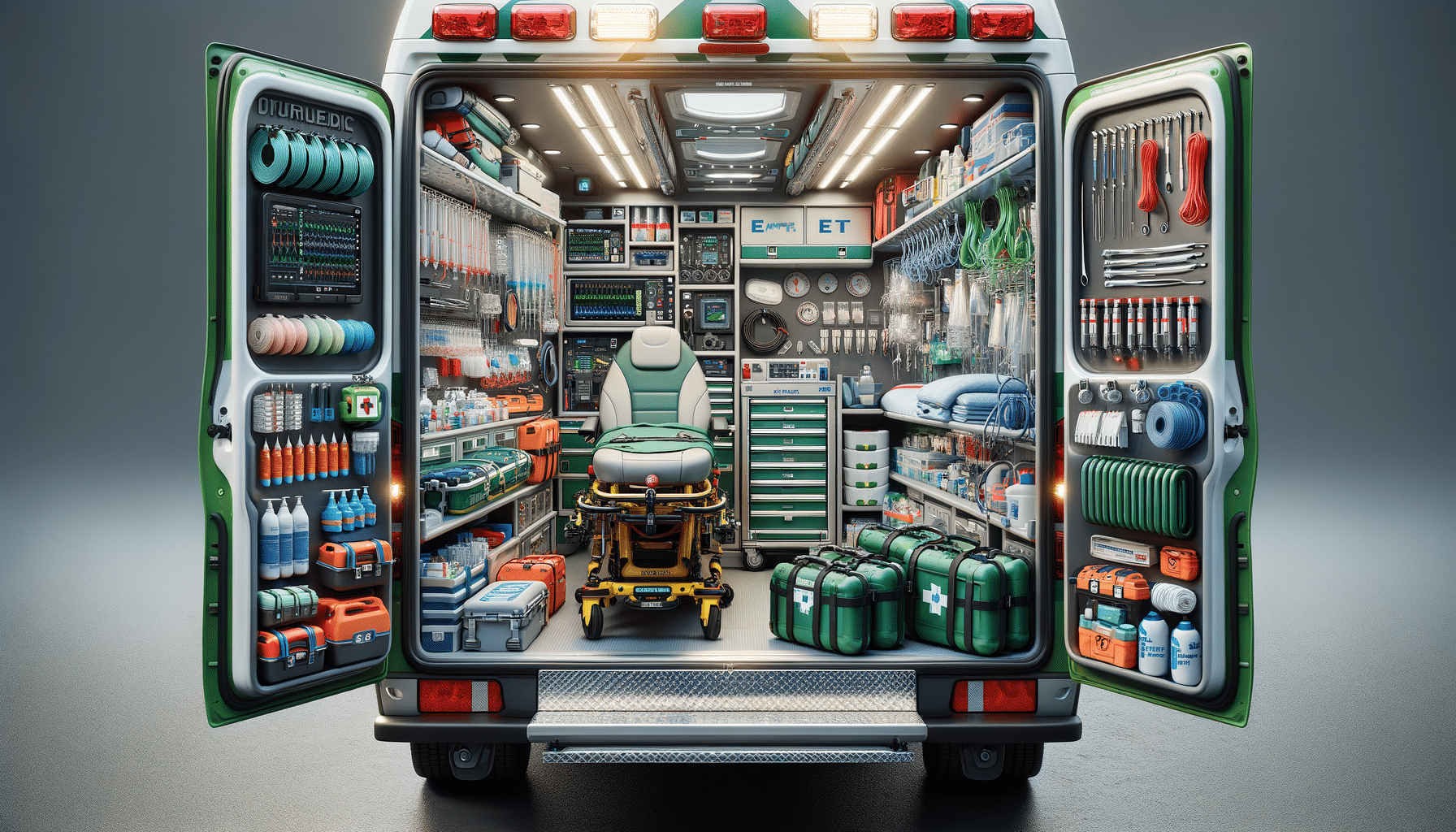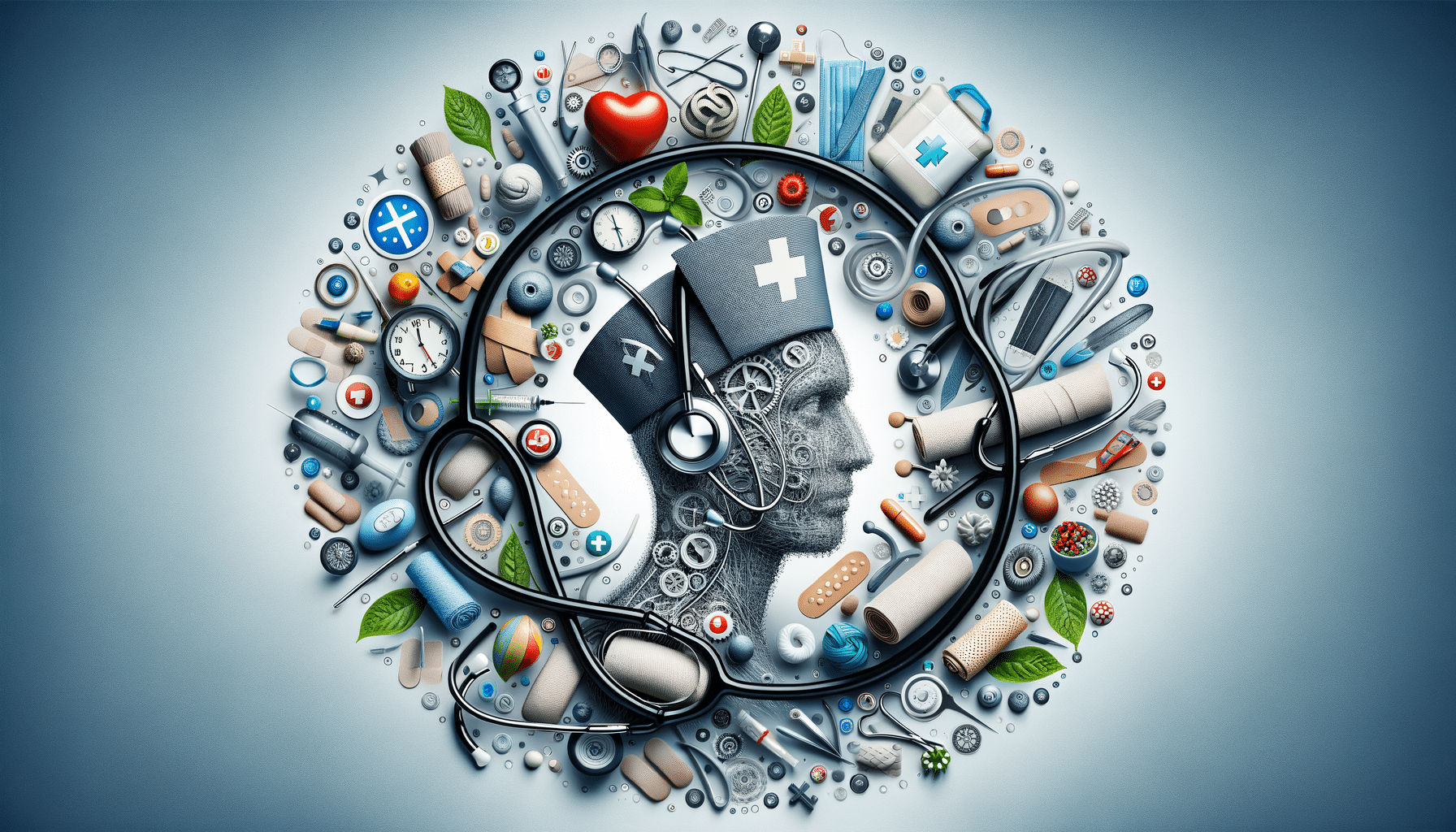
Enhance Your Operations with Skilled EMT & Paramedic Professionals
Introduction to EMT and Paramedic Roles
Emergency Medical Technicians (EMTs) and Paramedics play a vital role in the healthcare system, providing critical pre-hospital care to patients in emergency situations. These professionals are often the first responders on the scene, offering life-saving interventions and stabilizing patients before they reach a hospital. Their expertise and quick decision-making are crucial in ensuring positive outcomes in emergencies. The demand for skilled EMTs and Paramedics continues to grow, reflecting their importance in the healthcare sector.
The Training and Skills Required
Becoming an EMT or Paramedic requires rigorous training and a specialized skill set. EMTs typically undergo a certification program that includes courses in emergency medical procedures, patient assessment, and basic life support. Paramedics receive more advanced training, often requiring an associate degree and additional clinical experience. Key skills for these roles include:
- Strong communication abilities to interact with patients and coordinate with other healthcare professionals.
- Physical stamina and strength to handle the demands of the job.
- Critical thinking and problem-solving skills to assess situations and make quick decisions.
The comprehensive training ensures that EMTs and Paramedics are well-prepared to handle a variety of emergency scenarios effectively.
Career Opportunities and Growth
EMTs and Paramedics have diverse career paths available to them, ranging from working in ambulances and hospitals to roles in fire departments and rescue teams. The job market for these professionals is expanding, driven by an increasing need for emergency services and healthcare support. Opportunities for advancement include moving into management positions, specializing in areas such as critical care or pediatric emergencies, or pursuing further education to become a healthcare provider such as a nurse or physician assistant. This growth potential makes a career as an EMT or Paramedic both rewarding and sustainable.
The Impact of EMTs and Paramedics on Community Health
EMTs and Paramedics are integral to community health, providing essential services that enhance public safety and wellbeing. They often serve as a bridge between the community and the healthcare system, offering not only emergency care but also education on health and safety practices. Their presence in the community contributes to reduced mortality rates and improved health outcomes. By responding swiftly and efficiently to emergencies, they help alleviate the burden on hospitals and ensure that patients receive timely and appropriate care.
Future Trends and Innovations in Emergency Medical Services
The field of emergency medical services is continuously evolving, with new technologies and practices enhancing the capabilities of EMTs and Paramedics. Innovations such as telemedicine, advanced diagnostic tools, and mobile health applications are transforming the way these professionals deliver care. Additionally, there is a growing emphasis on integrated healthcare systems, where EMTs and Paramedics work closely with other healthcare providers to ensure comprehensive patient care. These trends are shaping the future of emergency medical services, making it an exciting and dynamic field to be a part of.


